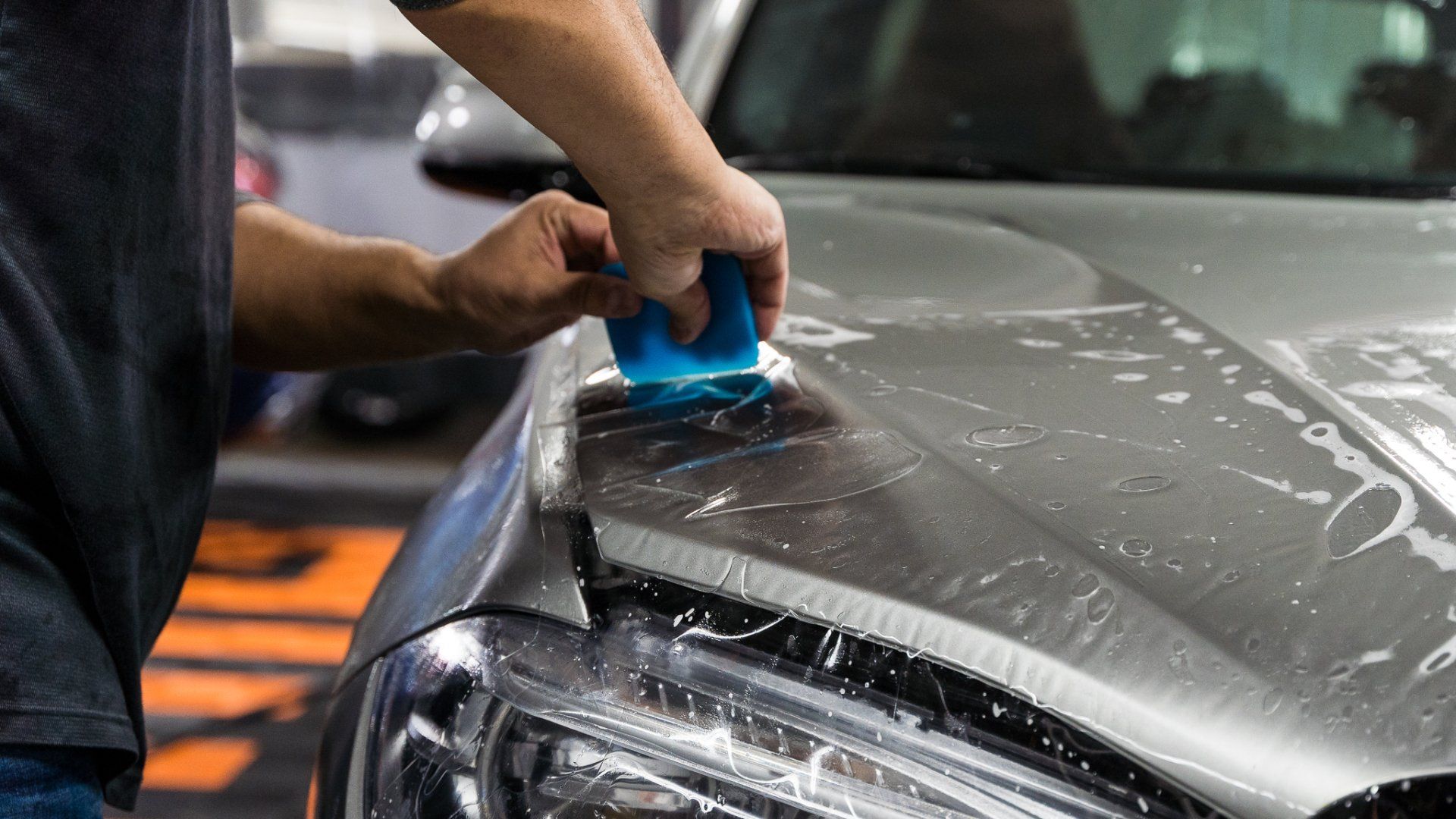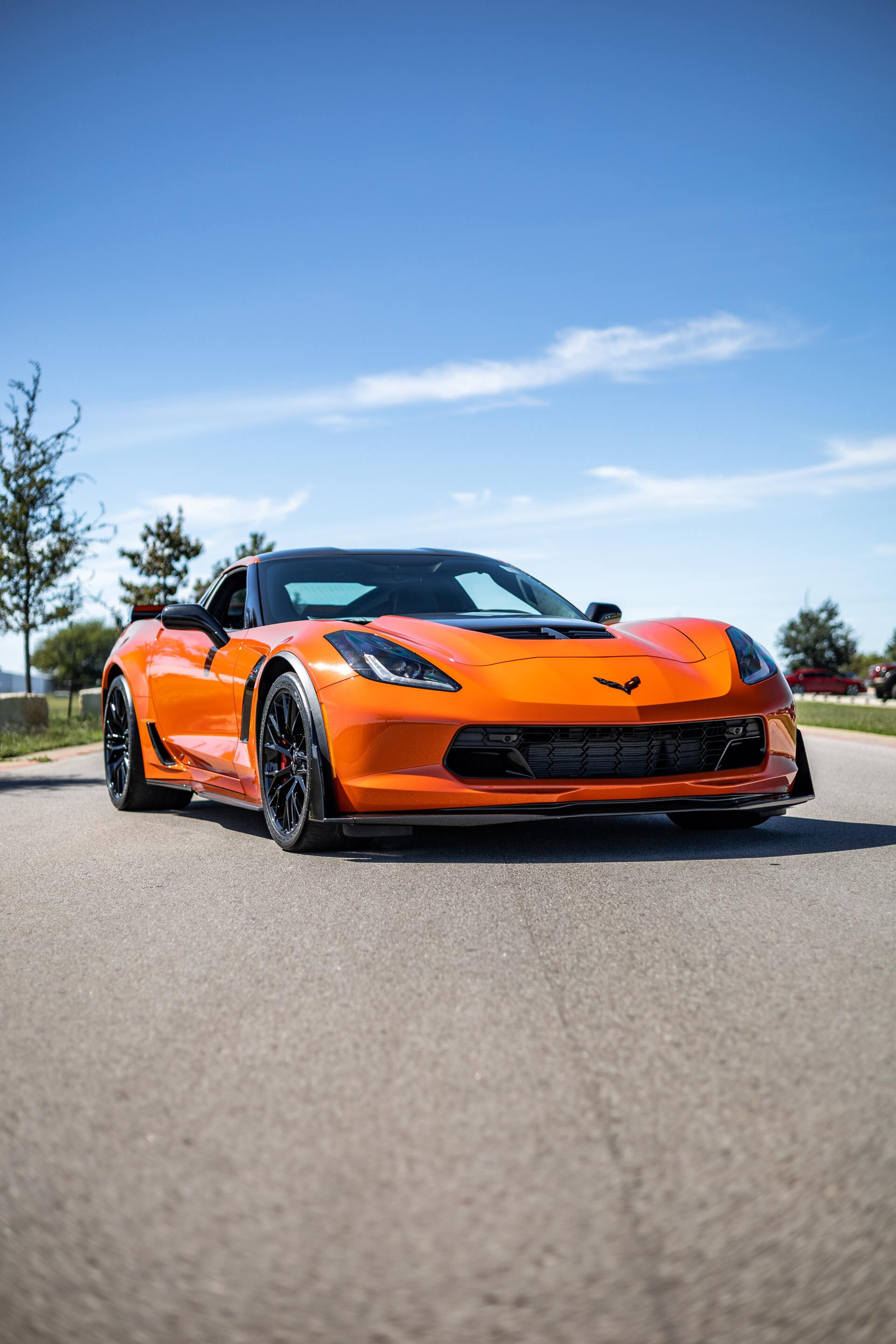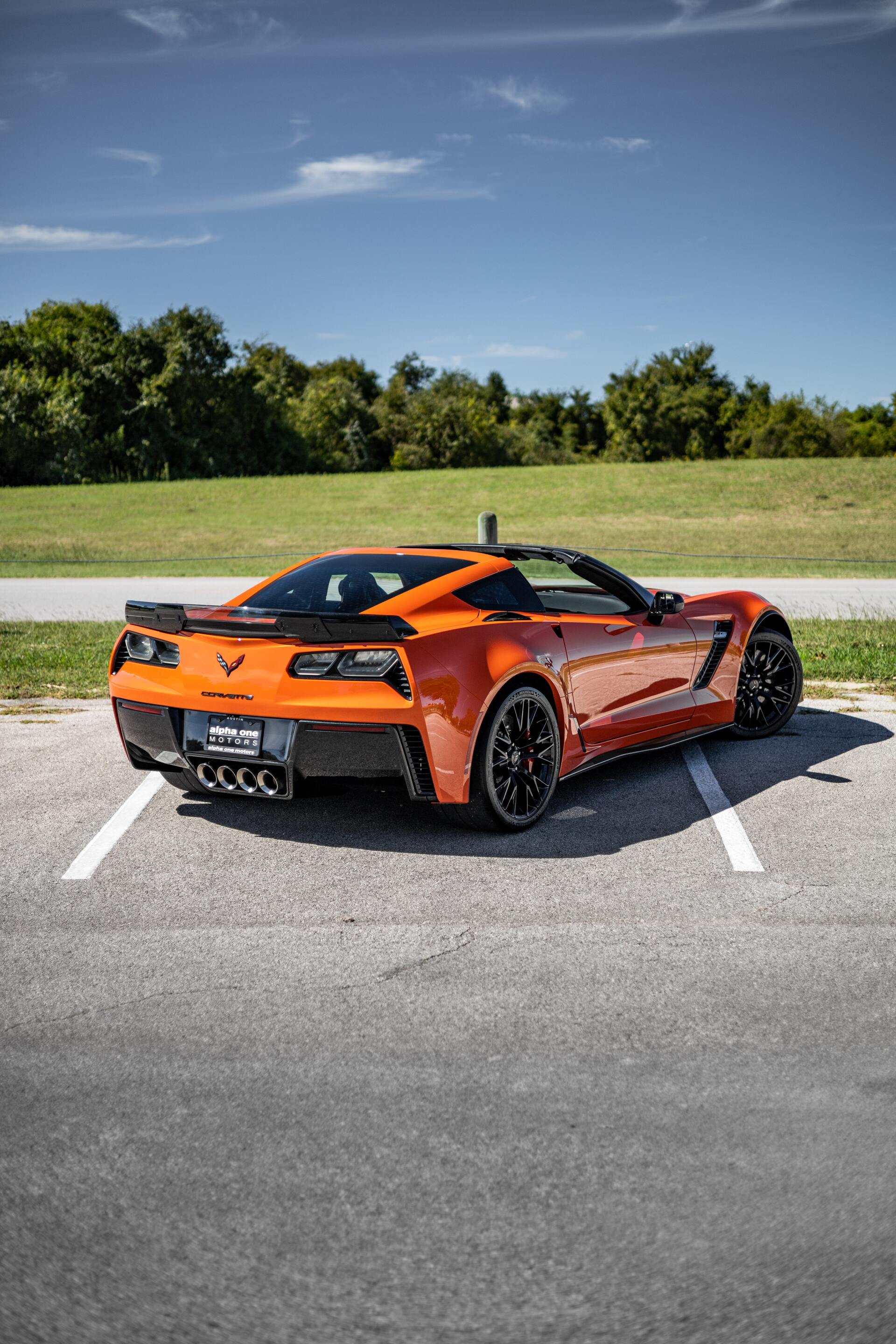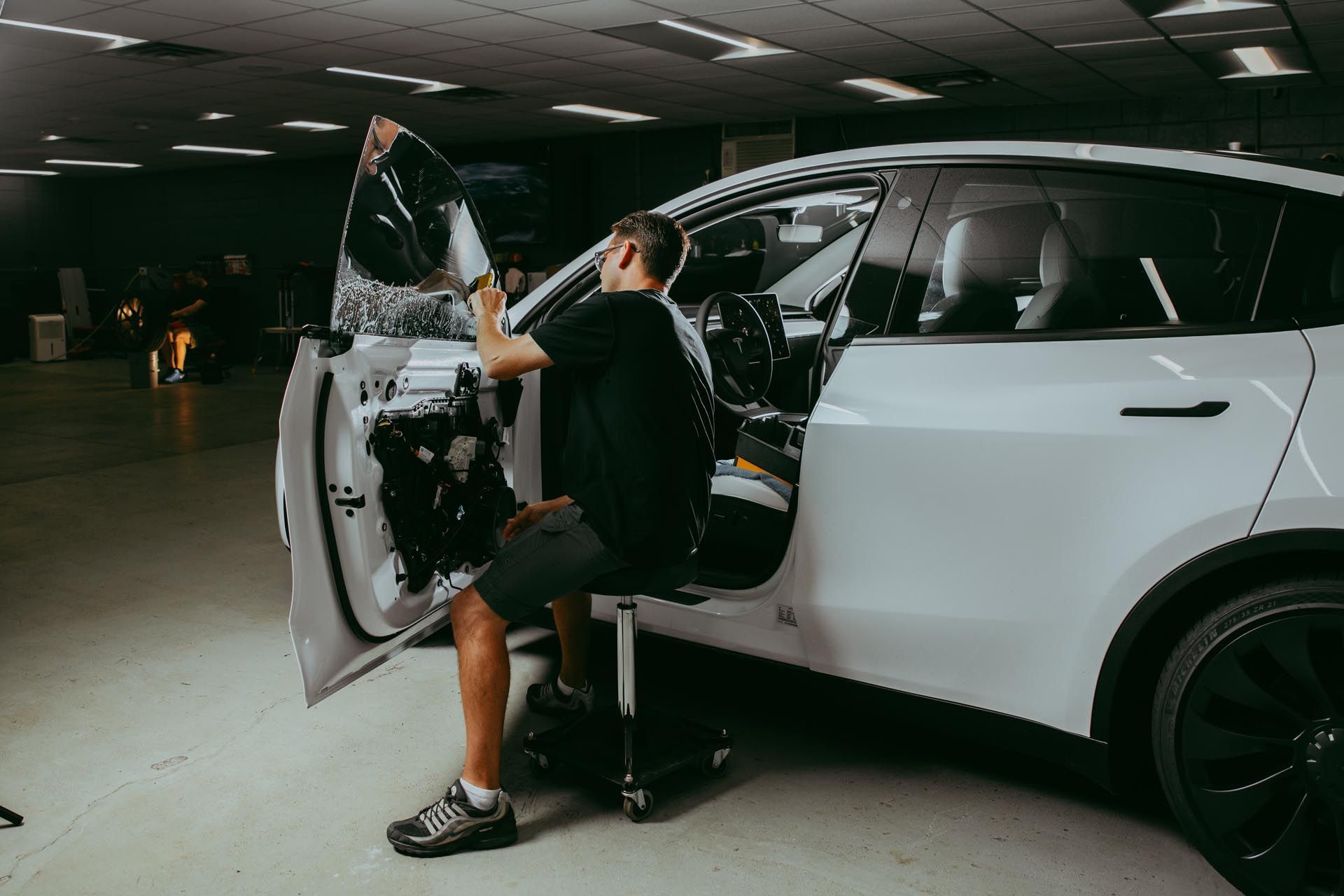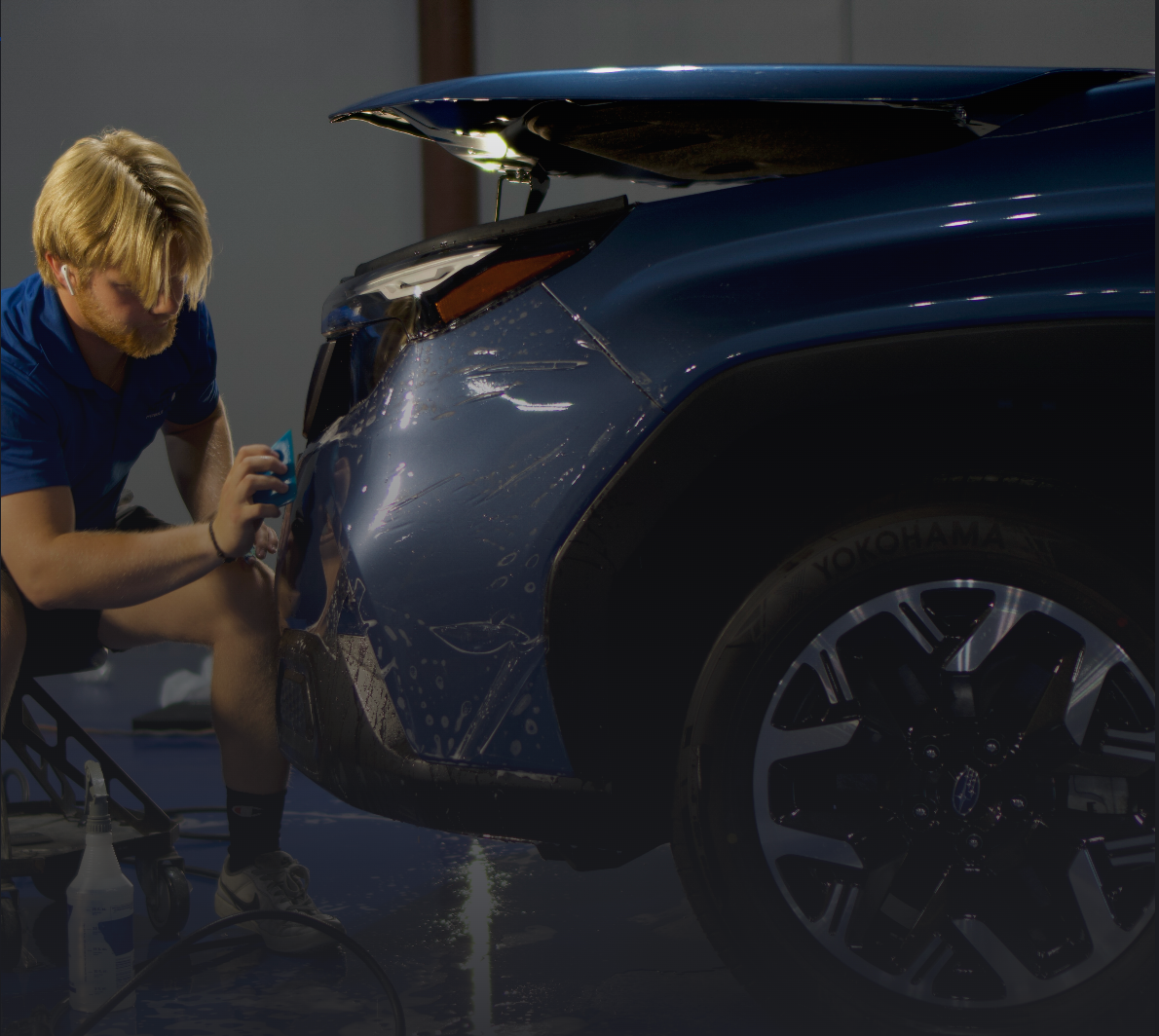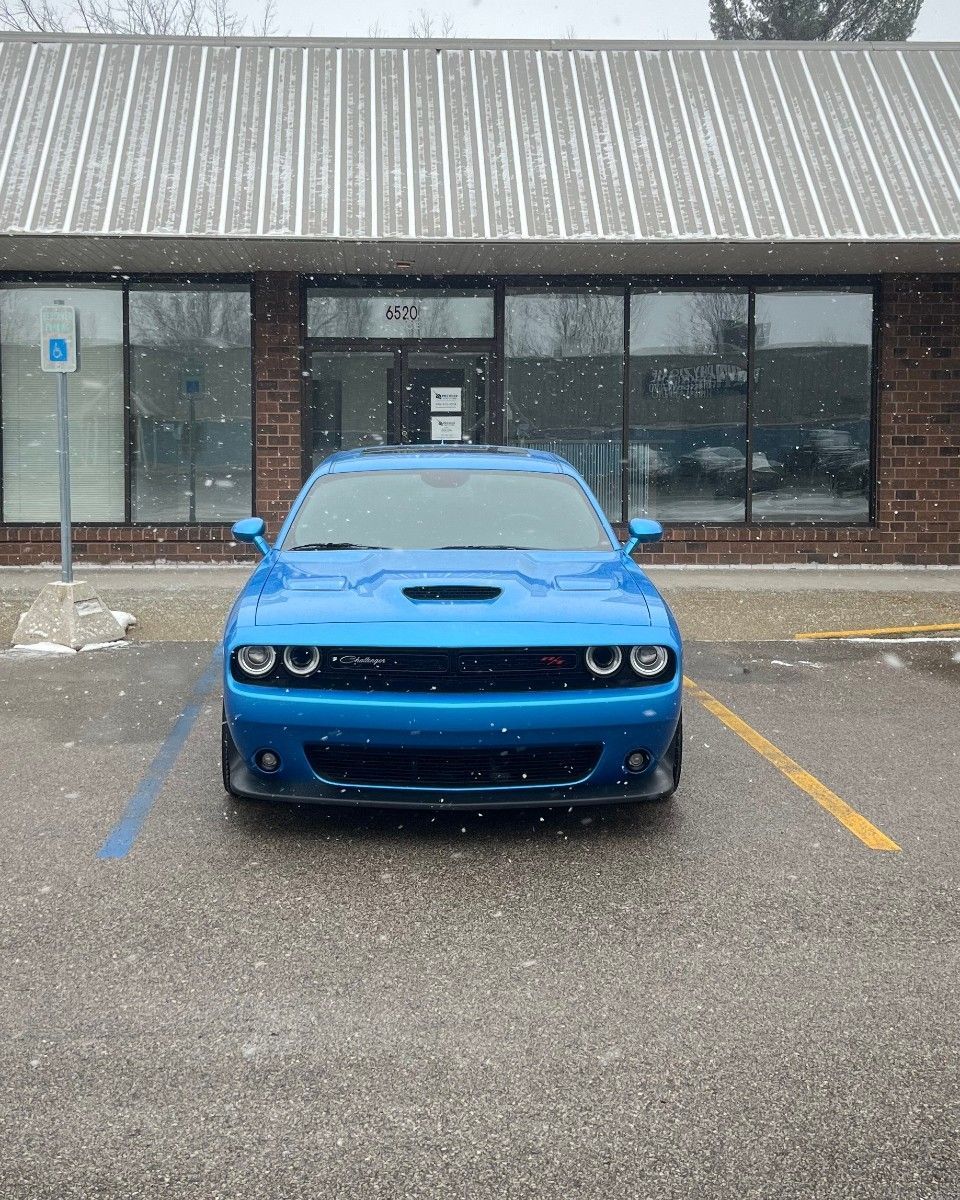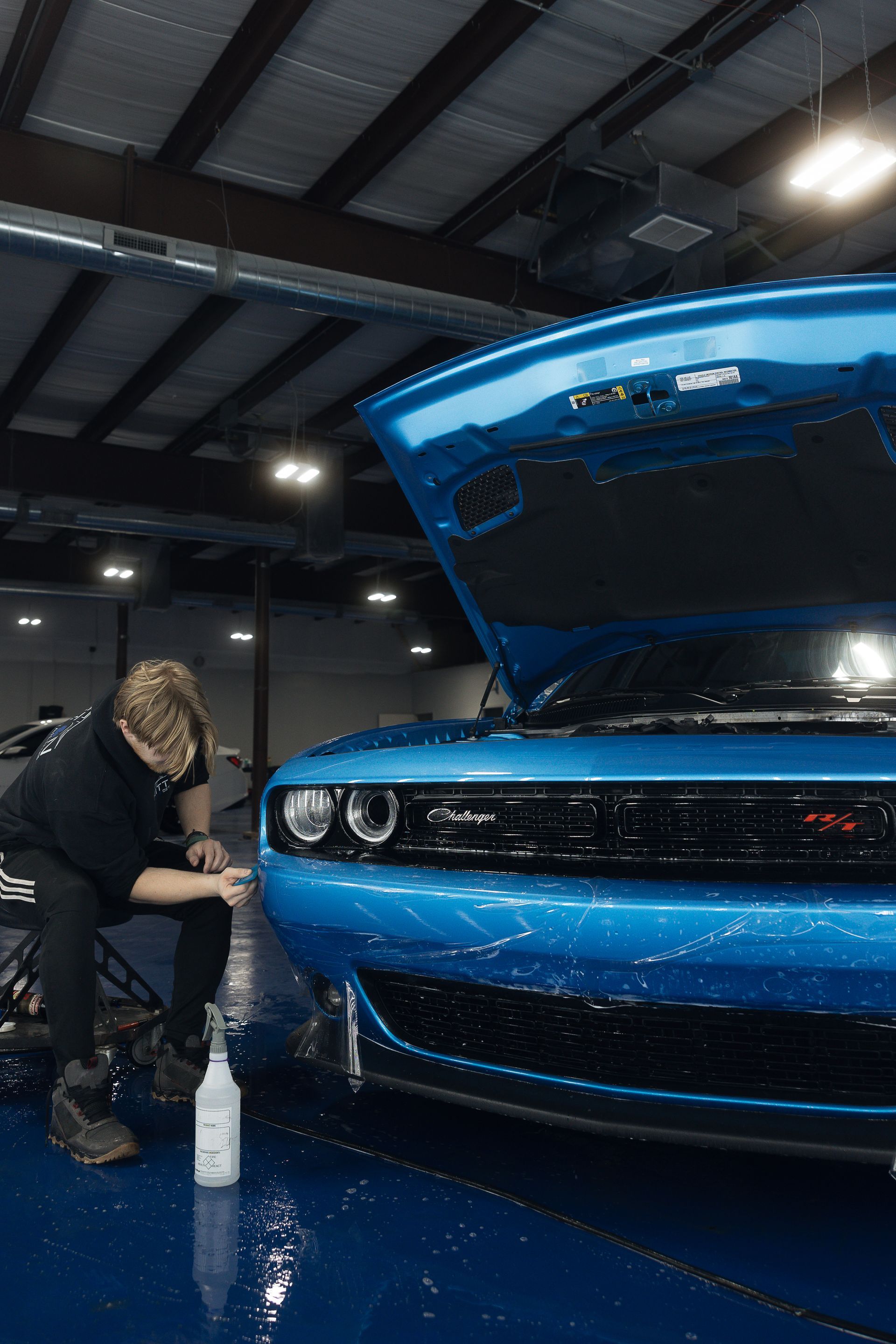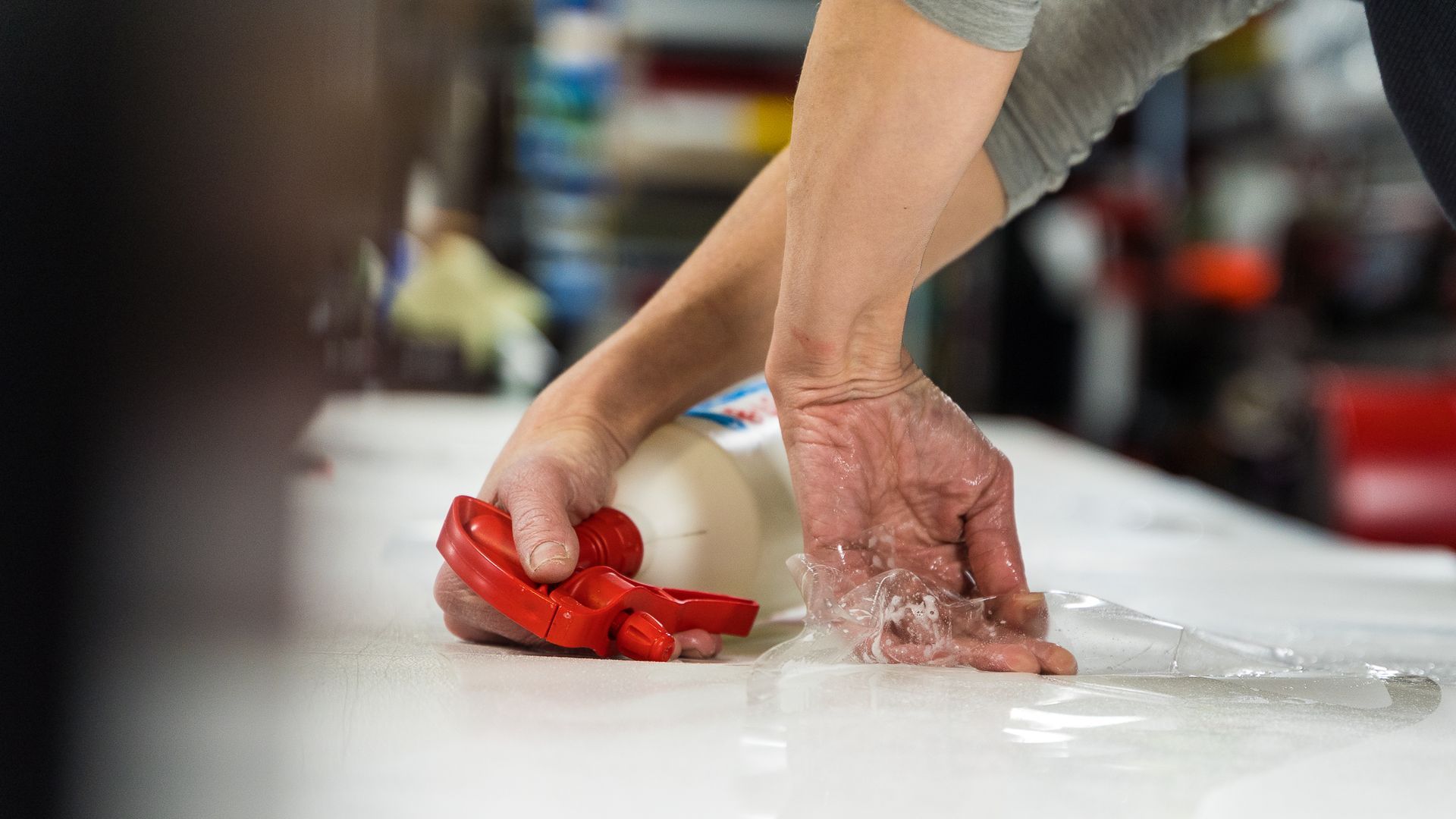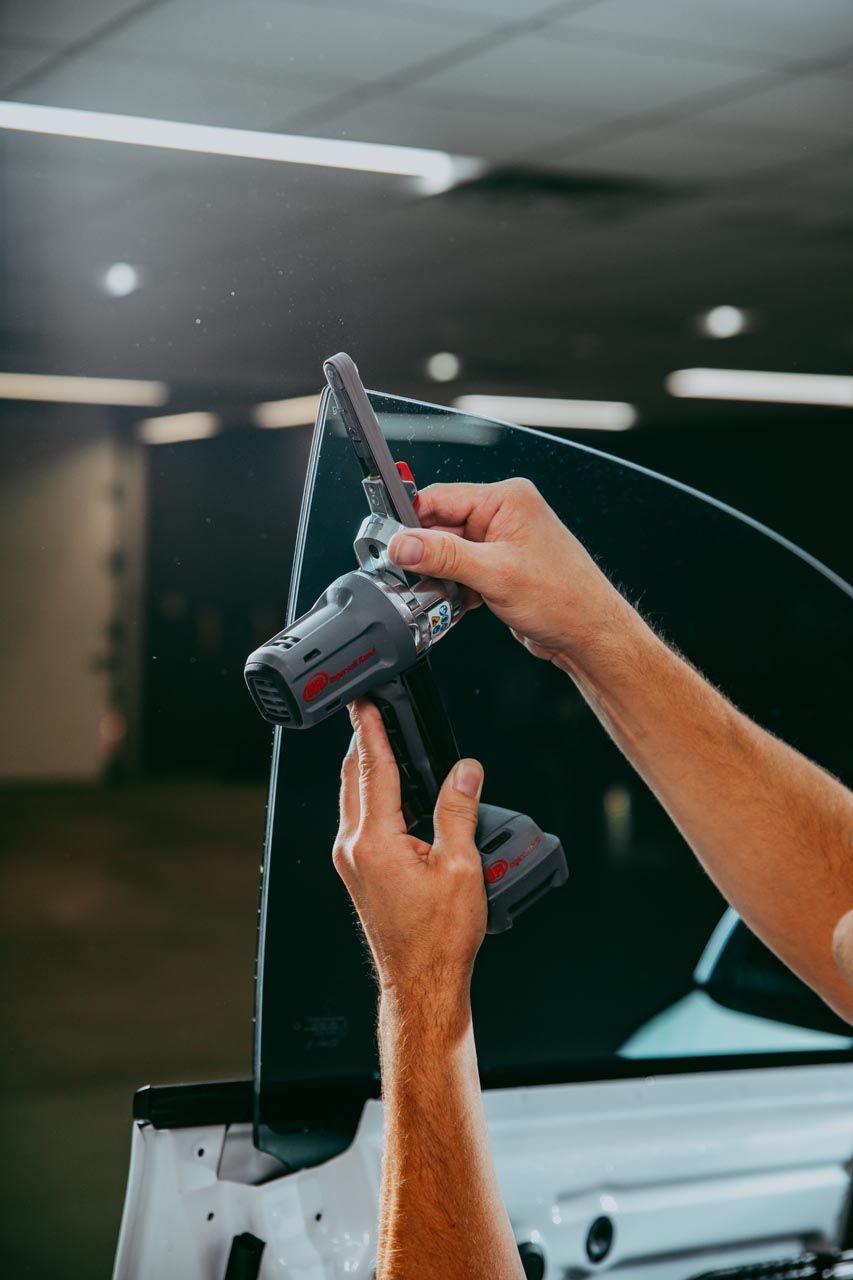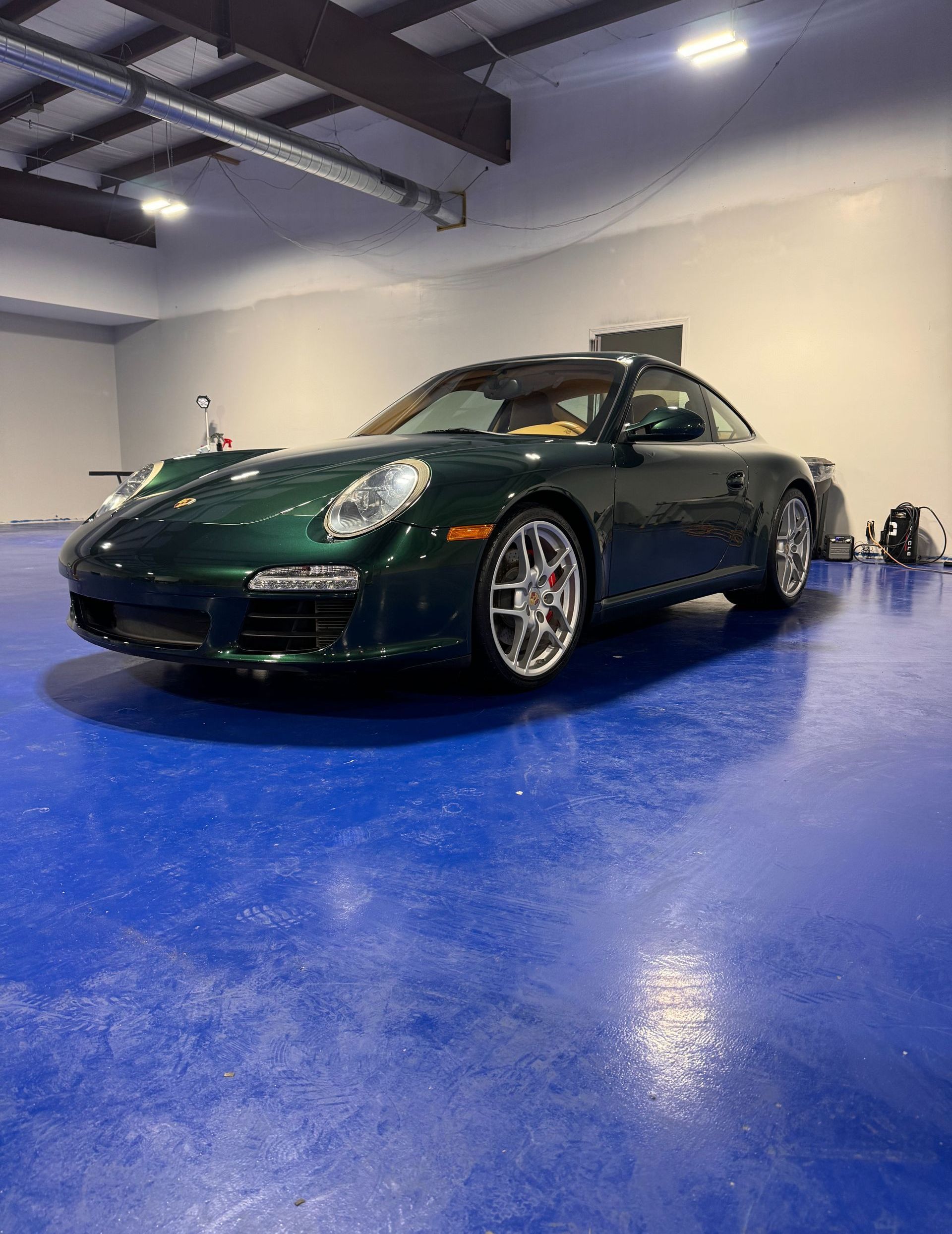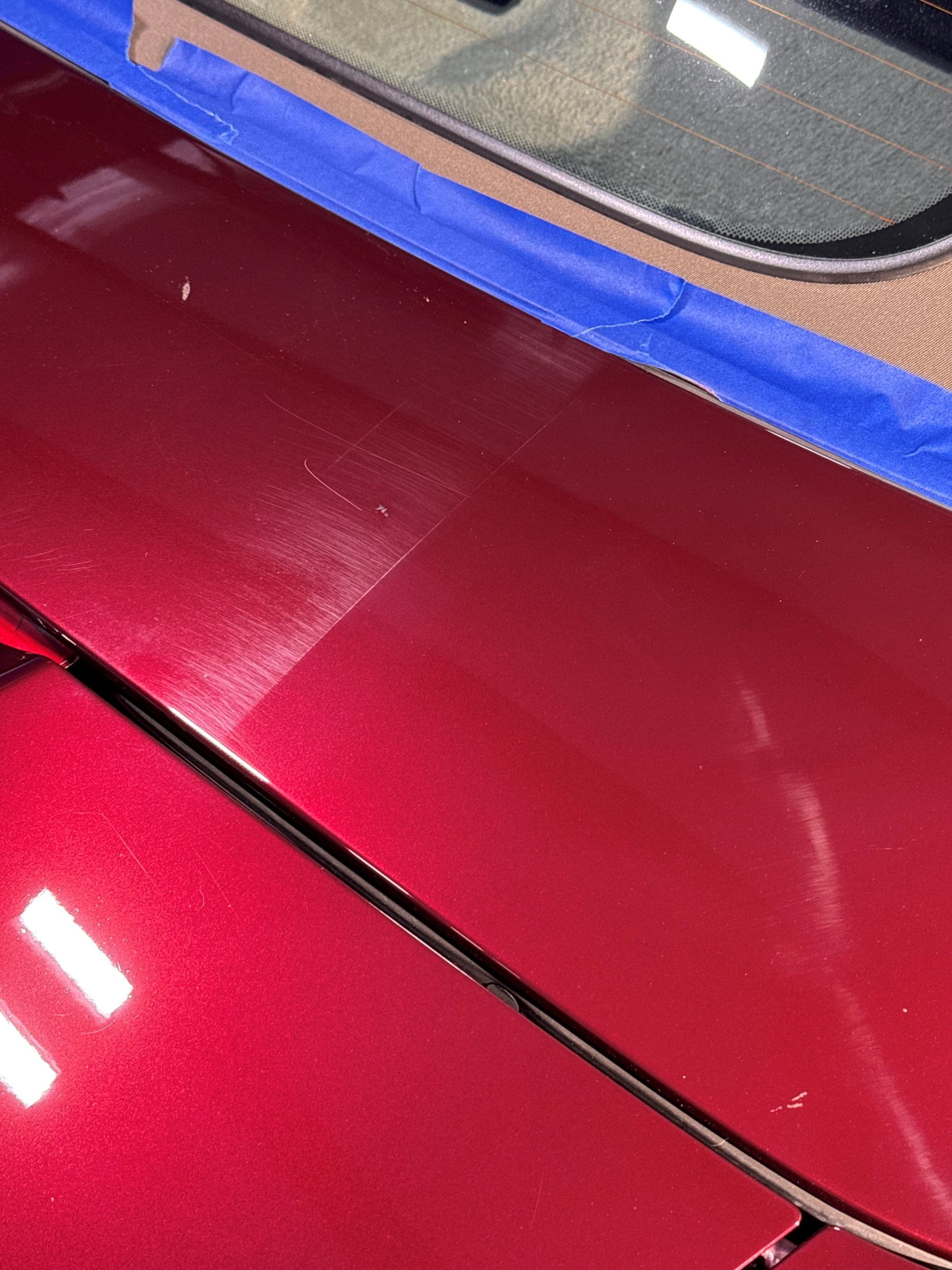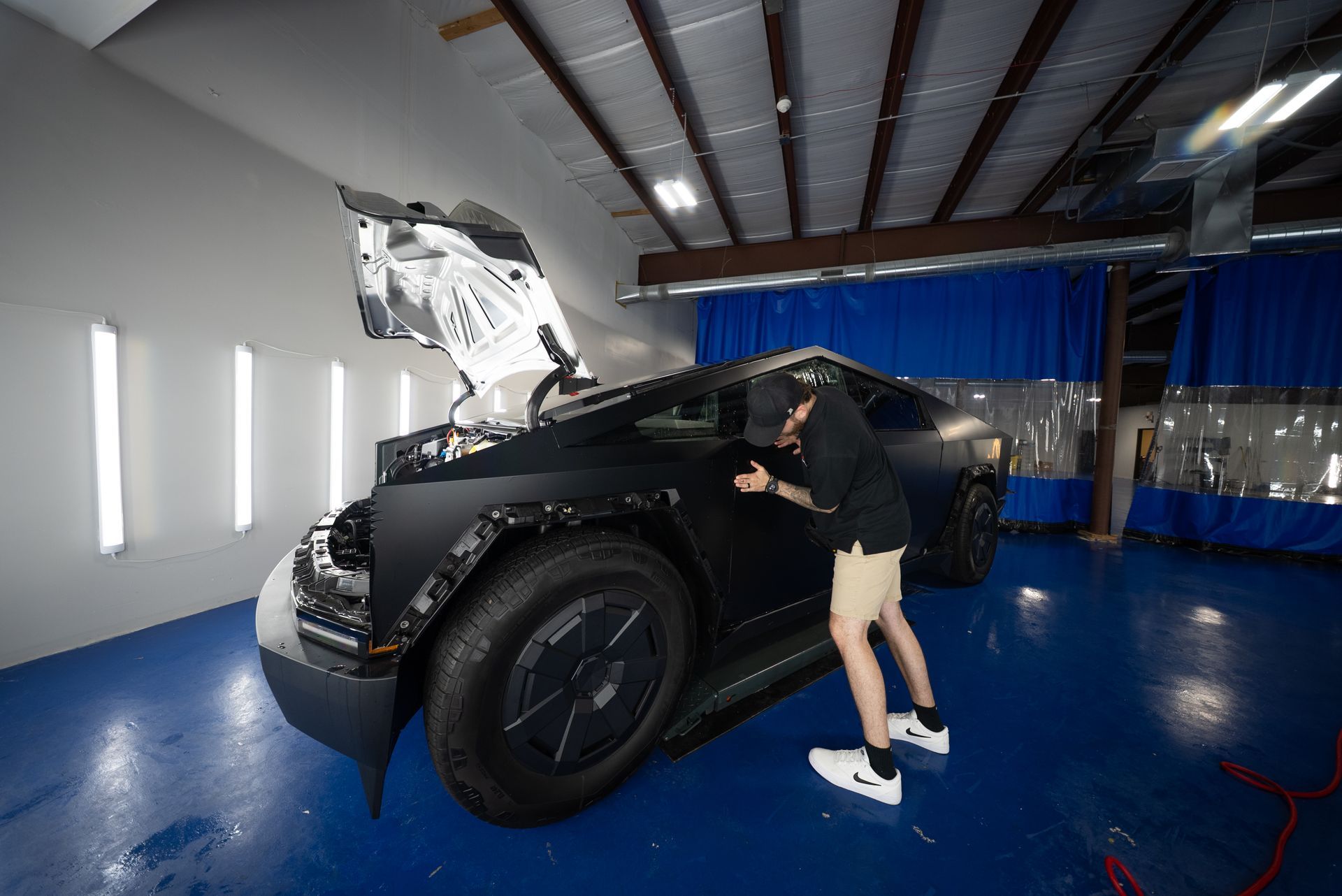Why Professional PPF Outperforms DIY Applications: Benefits and Quality Explained
When it comes to protecting your vehicle's paint, many car owners face an important decision: should you invest in professional Paint Protection Film (PPF) installation or attempt a do-it-yourself approach? While the prospect of saving money with a DIY project can be appealing, professional installations consistently deliver superior results. This article explores why professional PPF outperforms DIY applications, highlighting the benefits, quality, and long-term value of trusting skilled experts with your vehicle's protection.
Professional PPF installation outperforms DIY applications primarily due to the use of high-quality materials and specialized techniques employed by trained experts, which ensure superior durability and a flawless finish. Additionally, professionals have access to commercial-grade bonding solutions and precise computer-cut patterns tailored for specific vehicle models, significantly reducing the risk of mistakes that are common in DIY installations.
Benefits of Professional PPF Installation
- Longevity and Durability: One of the most significant advantages of professional PPF installation is its exceptional longevity and durability. Professionally installed PPF can last anywhere from 5 to 10 years, while DIY options often fall short of expectations. Many DIY installations require replacement within just two years, largely due to improper application techniques and inferior materials. This extended lifespan not only preserves the appearance of your vehicle but also saves you the hassle and expense of frequent replacements.
- Comprehensive Warranties: Warranties represent another essential aspect of professional installations. Many professional PPF services come with comprehensive warranties that typically last up to 10 years. These warranties protect against common issues like yellowing, bubbling, and peeling, giving car owners genuine peace of mind. This level of protection isn't available with most DIY kits, making professional installation a wise investment for long-term vehicle care and financial security.
- Enhanced Aesthetic Appeal: The aesthetic benefits provided by professional installers can dramatically elevate your vehicle's appearance. Trained technicians utilize advanced techniques to ensure that the film is applied seamlessly and wrinkle-free, maintaining your vehicle's pristine look. Professional installers employ computer-cut patterns tailored specifically to each vehicle model, ensuring a perfect fit every time. This meticulous attention to detail not only enhances visual appeal but also optimizes protective coverage across all surfaces of your vehicle.
Superior Surface Preparation Techniques
Before professionals even consider applying PPF, a meticulous surface preparation process begins. This comprehensive approach incorporates various steps to ensure your vehicle is ready for a flawless application, much like preparing a canvas before painting—every detail matters to achieve the best result.
Thorough Cleaning Process
Professionals employ a rigorous cleaning routine that is crucial for proper adhesion and overall effectiveness. They begin by washing the car using pH-balanced soap to avoid damaging the paint. This initial wash removes dirt and grime, but it's just the beginning. The next phase involves using clay bars—essential tools designed to eliminate embedded contaminants that regular washing might miss. These specialized tools can pick up stubborn particles such as industrial fallout, tree sap, or overspray from other vehicles.
After this thorough wash, professionals conduct an alcohol wipe-down to ensure the surface is completely residue-free. This step is vital because any remnants left on the car can compromise the PPF's ability to adhere properly, leading to future lifting or peeling.
Inspection and Repair
Highly trained professionals carefully examine every inch of the vehicle's surface, looking for chips or other imperfections. Such flaws could undermine both the aesthetic appearance of the PPF and its intended protective capabilities. Even a minor imperfection may seem inconsequential, but if left untreated, it can create a vulnerability under the film. To address these imperfections, specialists utilize a set of specialized tools that allow them to fill and smooth down minor defects seamlessly. This careful repair work ensures that once the film is laid down, everything beneath is smooth and undetectable, with no risk of air bubbles forming or issues with adhesion.
Precision Application in PPF
Application precision is crucial in ensuring that Paint Protection Film performs at its best. When professionals handle the job, you can be confident that every inch of that film is expertly placed to provide optimal protection against chips and other forms of damage.
- Computer-Cut Patterns: Professional installers have access to extensive databases containing thousands of vehicle models, ensuring that pre-cut pieces fit perfectly without any further trimming needed on-site. This sophisticated preparation allows professionals to eliminate guesswork—an essential benefit missing from many DIY kits where users must manually cut the film themselves. Miscalculations or uneven cuts could lead to unsightly edges or inadequate coverage, undermining the protection intended by the PPF.
- Skilled Technicians: Trained technicians bring technical expertise to PPF installations. They work with tools like heat guns and squeegees, allowing them to manipulate the film within a controlled environment effectively. This process is vital for expelling air bubbles—those problematic intrusions that can create weaknesses in adhesion if left unchecked. With each measured motion, technicians ensure a smooth finish, which is critical not just for aesthetics but also for longevity.
Challenges of DIY PPF Applications
Applying Paint Protection Film requires a level of skill and precision that many DIY enthusiasts may not possess. The technique involved in PPF installation is crucial; one misstep can compromise an entire application.
- Difficulty in Technique: Misalignment is a common occurrence where the film might not lay flat against the surface, leading to unsightly gaps and bubbles. These imperfections aren't merely cosmetic—they can jeopardize the protective quality of the PPF itself. Many DIY applications need to be redone within the first year due to such faults, significantly raising costs when you factor in materials and time spent. Achieving a flawless finish requires more than just following instructions from a kit. This process demands close attention to detail and finesse—skills that often take years to master. Activating the adhesive properly is paramount for the longevity of the film. If this step isn't executed correctly, you could end up with weak spots where the film doesn't adhere fully, allowing dirt and moisture to infiltrate beneath it.
- Environmental Factors: The environment where PPF is applied can dramatically influence the outcome. A typical garage is often filled with dust and debris that can easily settle on surfaces during installation. Even a slight breeze can introduce particles that may become trapped under the film if not carefully managed.
In contrast, professional car detailing services typically utilize controlled environments free from dust. They are equipped with specialized facilities designed for these kinds of applications, ensuring a far more successful result. This difference highlights one major advantage of choosing professionals over attempting a DIY project: they have access to climate-controlled settings that effectively mitigate risks associated with environmental contaminants while providing expert handling throughout the process.
Comparing Costs: Professional vs. DIY
At first glance, DIY projects often seem like a bargain, but when it comes to PPF application, the financial picture is more complex than it initially appears. The initial cost for professional installation typically ranges around $1,400 for full front coverage, while DIY kits might start at about $400 for partial coverage. However, this is just the beginning of what you should consider. While DIY kits are cheaper upfront, you're likely paying for materials that may not hold up as well over time. Most DIY applications may need redoing every one to two years, whereas professional-grade films offer longevity that can span five to ten years before needing replacement.
When we consider durability, professional installations outperform DIY alternatives significantly. The high-quality materials used by experts ensure better protection against environmental damage. Additionally, one significant advantage of professional installations lies in the warranties—some extend up to ten years. With DIY films, you're on your own with no such guarantees. Looking over a span of ten years, the projected costs reveal something important. While your initial DIY investment might total around $1,200 after multiple reapplications, you'd still achieve inferior results compared to investing upfront in a professional application. This illustrates a crucial point: sometimes spending more initially pays off significantly in terms of long-term effectiveness and protection. Although the allure of saving money by opting for a DIY kit is tempting, various hidden costs exist beneath the surface. You're not merely purchasing material; you must factor in your time, potential errors that could lead to costly repairs for damaged paint, and even reduced resale value due to subpar application. It's much like choosing between inexpensive items that wear out quickly versus investing in quality products that last—you might save initially but could be spending more over time due to premature replacements or repairs.
Common Mistakes in DIY PPF
A major issue that many DIY enthusiasts encounter is the presence of air bubbles and wrinkles within the film. After spending considerable time carefully placing the film, discovering these imperfections can be frustrating and disheartening. Another common mistake stems from improper adhesive activation. Many DIY enthusiasts misinterpret the activation process of the adhesive included in their kits. This misunderstanding often leads to poor adhesion, ultimately causing lifting edges over time. Unlike commercial-grade bonding solutions used by professional installers that provide robust adherence tailored for longevity, most DIY kits fall short in providing the necessary properties to maintain a secure bond.
Additional challenges include misalignment of the film itself, which can lead to uneven coverage across the surface. Many enthusiasts also encounter difficulties when it comes time to trim and cut the film accurately. The learning curve is steep; specific cutting techniques demand practice and precision. Those new to the process who attempt simple cutting methods often end up with excess material or exposed areas of paint. These mistakes in DIY PPF installations are not just unfortunate accidents; they can affect both the aesthetics of your vehicle and its protective capabilities. While DIY attempts may seem appealing for cost savings, they often lead to greater frustrations and expenses down the line. Investing in professional installation ensures quality and durability while providing peace of mind knowing the job is completed correctly.
Additional Protective Coatings and Their Uses
Beyond Paint Protection Film, there are additional coatings designed to safeguard your vehicle from various threats. One popular option is ceramic coatings—liquid polymers applied directly to your car's exterior. These coatings chemically bond with the factory paint, creating an ultra-durable layer that's both hydrophobic and resistant to environmental hazards. By forming a semi-durable layer on the vehicle, ceramic coatings enhance its durability against elements like dirt, water spots, UV rays, and chemical stains. After a rainstorm, instead of watching water pool and stick, you'll see it bead up and roll off effortlessly. This added convenience makes washing and maintaining your car significantly easier.
The application process requires significant attention to detail and adequate preparation, similar to how professional PPF is installed. The surface must be meticulously cleaned and imperfections polished away before applying the ceramic coating to ensure optimal adhesion. The benefits of ceramic coatings extend beyond enhanced aesthetics; they actively protect against UV damage, which can dull your vehicle's finish over time. When paired with PPF, ceramic coatings provide an extraordinary buffer against chips and fading. This dual-layer approach enhances both protection and shine—a valuable combination for any car owner. As vehicle owners increasingly recognize the importance of exterior protection, these options become essential for maximizing your investment. Investing in these coatings demonstrates a commitment to keeping your car looking pristine while prolonging its life and performance. By understanding the benefits of both PPF and ceramic coatings, you can make informed decisions that greatly enhance your vehicle's longevity and aesthetic appeal.
Trusted PPF Services in Spring Lake, MI
Protect your vehicle’s finish with the
expert paint protection film services at Premier Auto Styling in Spring Lake, MI. Our precision-installed PPF creates a durable barrier against road debris, UV rays, and everyday wear, keeping your car’s paint flawless and showroom-ready. Whether you drive a luxury car, truck, or daily commuter, our team uses industry-leading materials and techniques to deliver unmatched protection and lasting value.
Schedule your appointment today
and experience the confidence that comes with safeguarding your investment!
